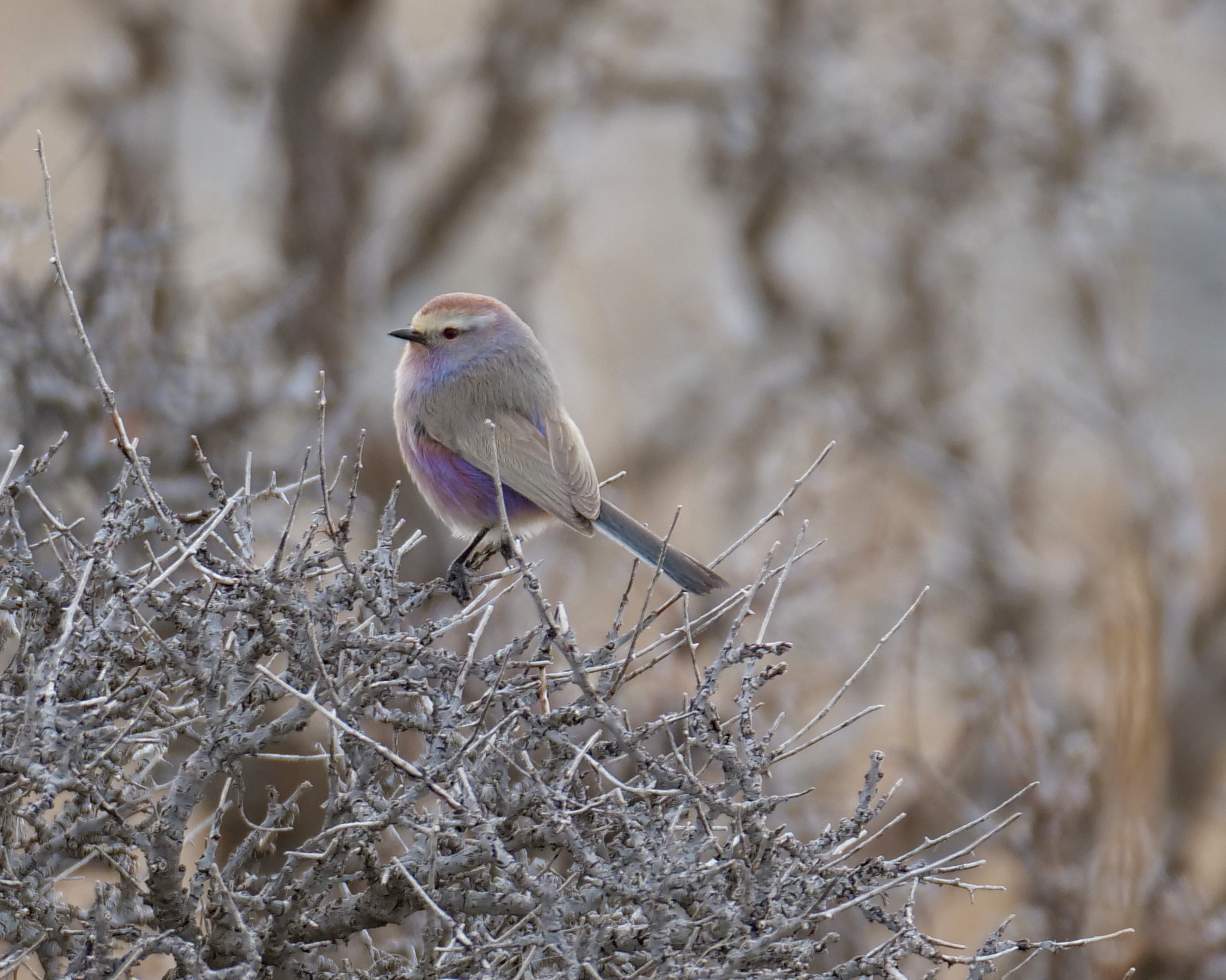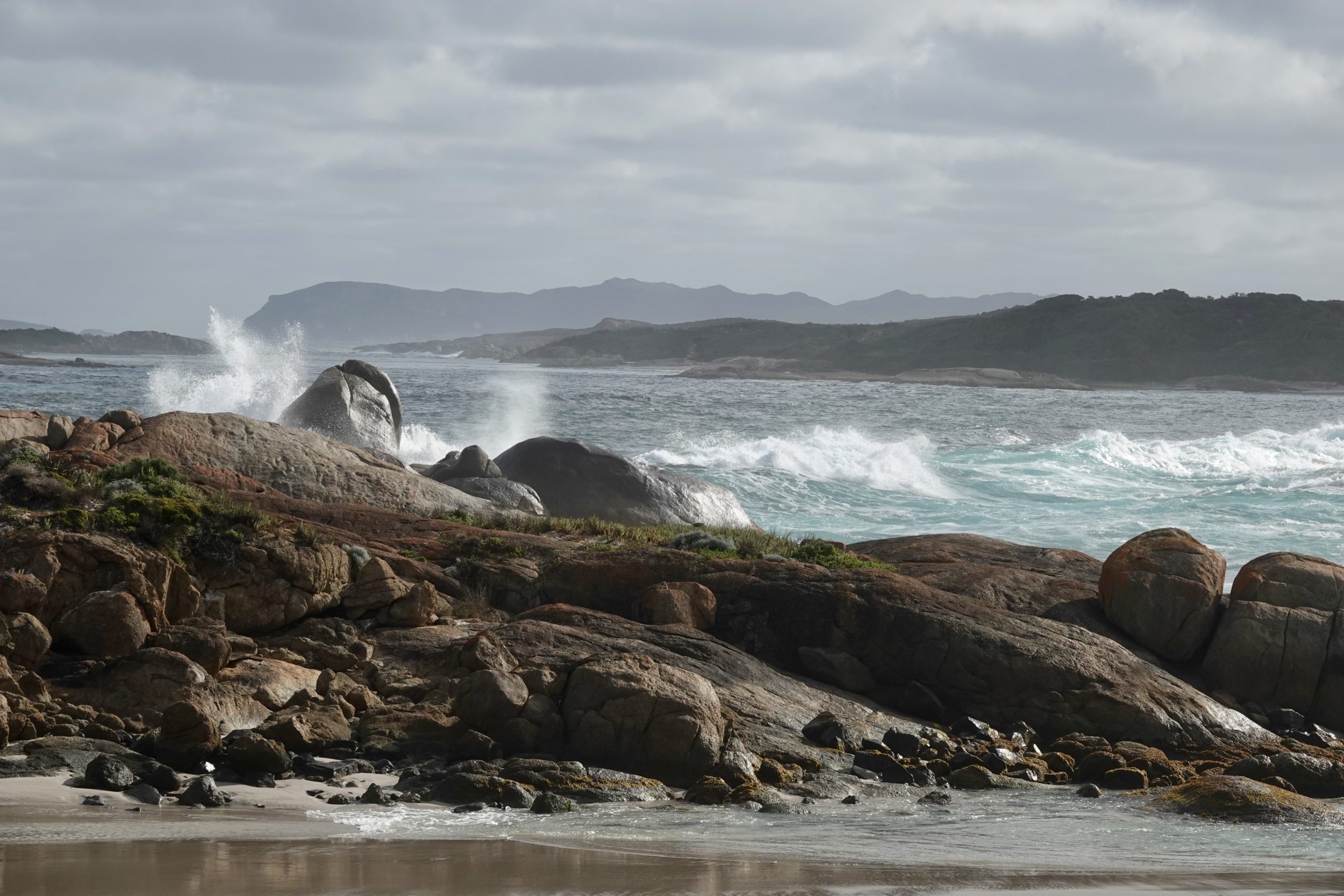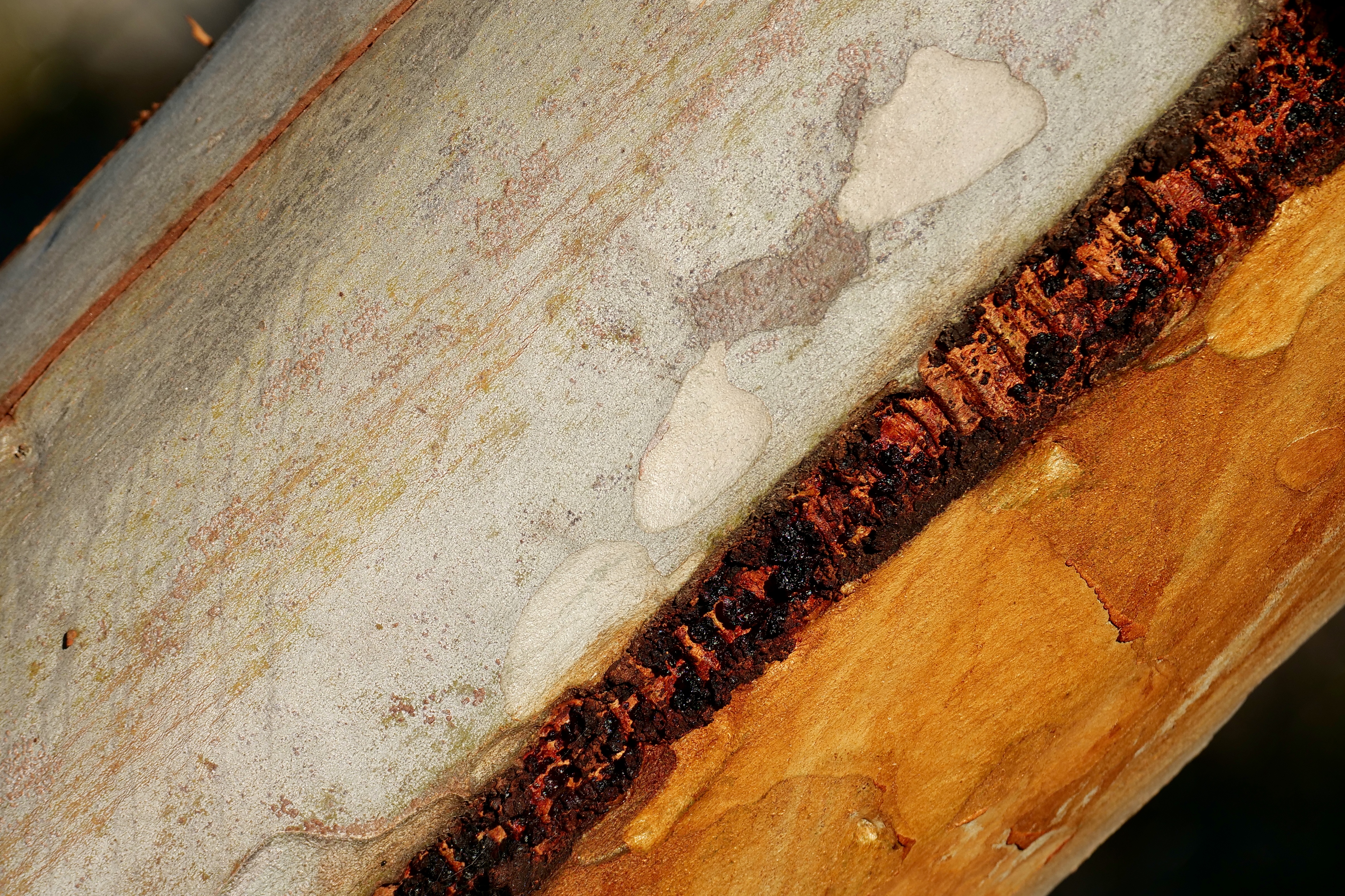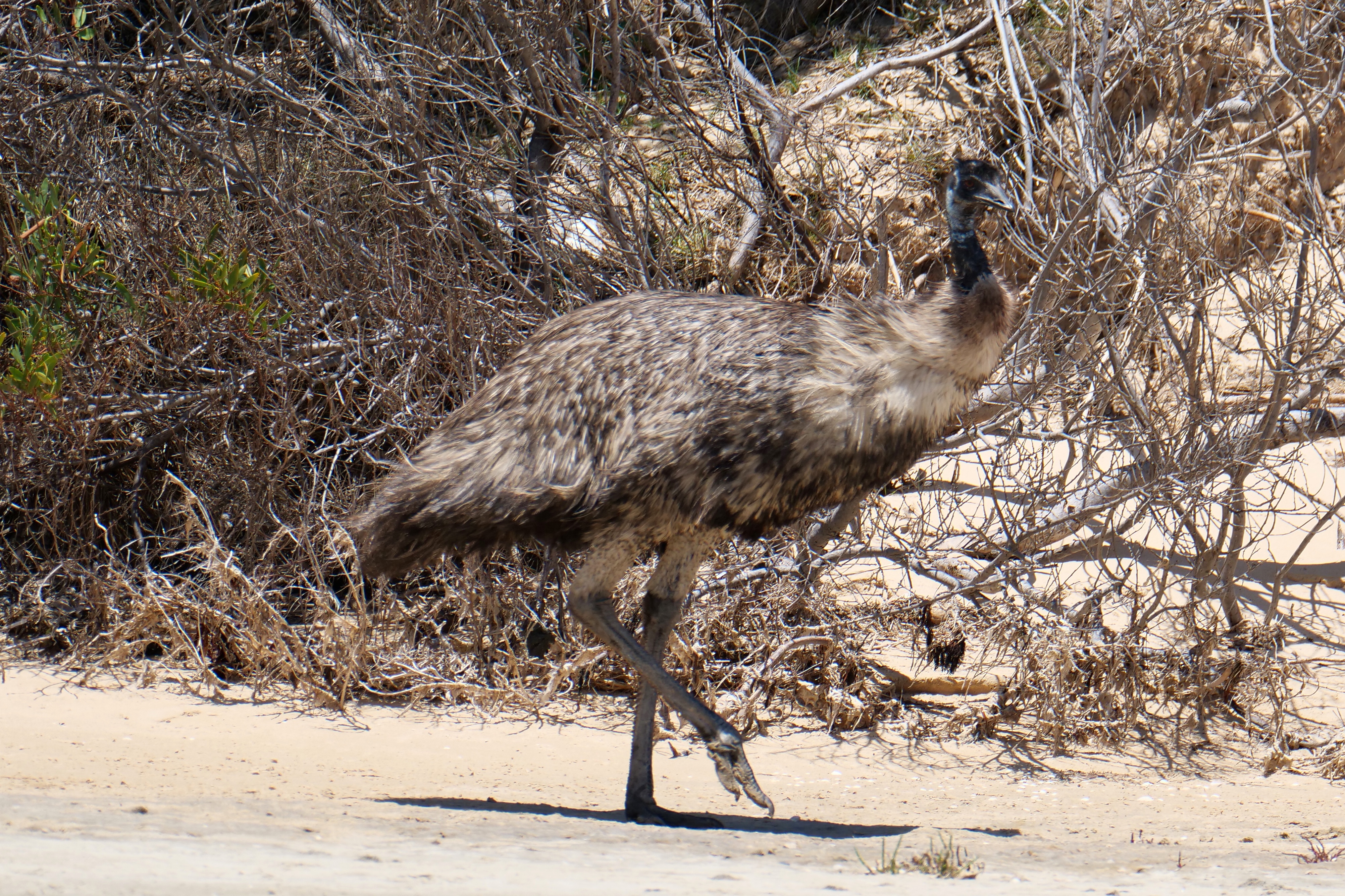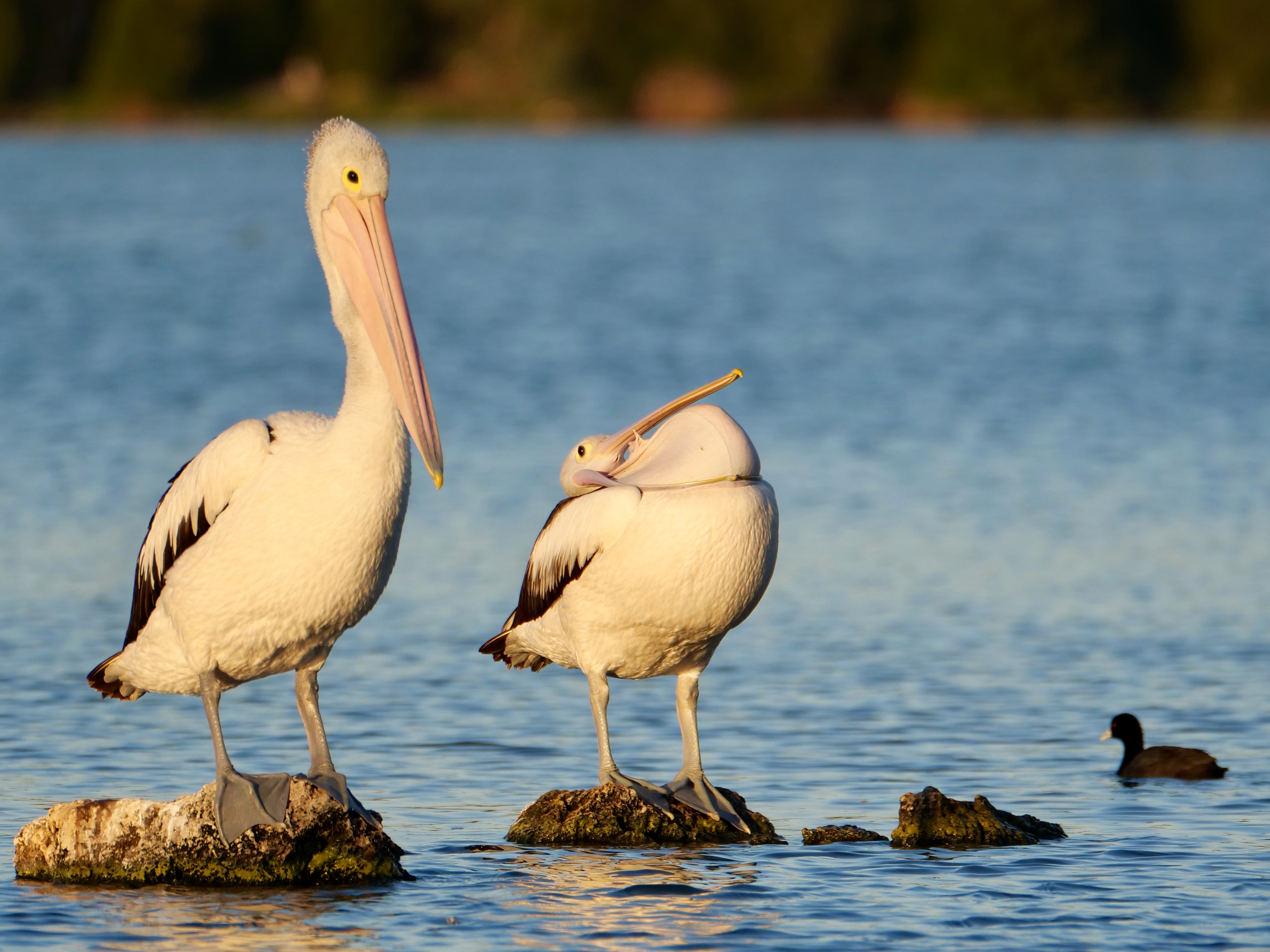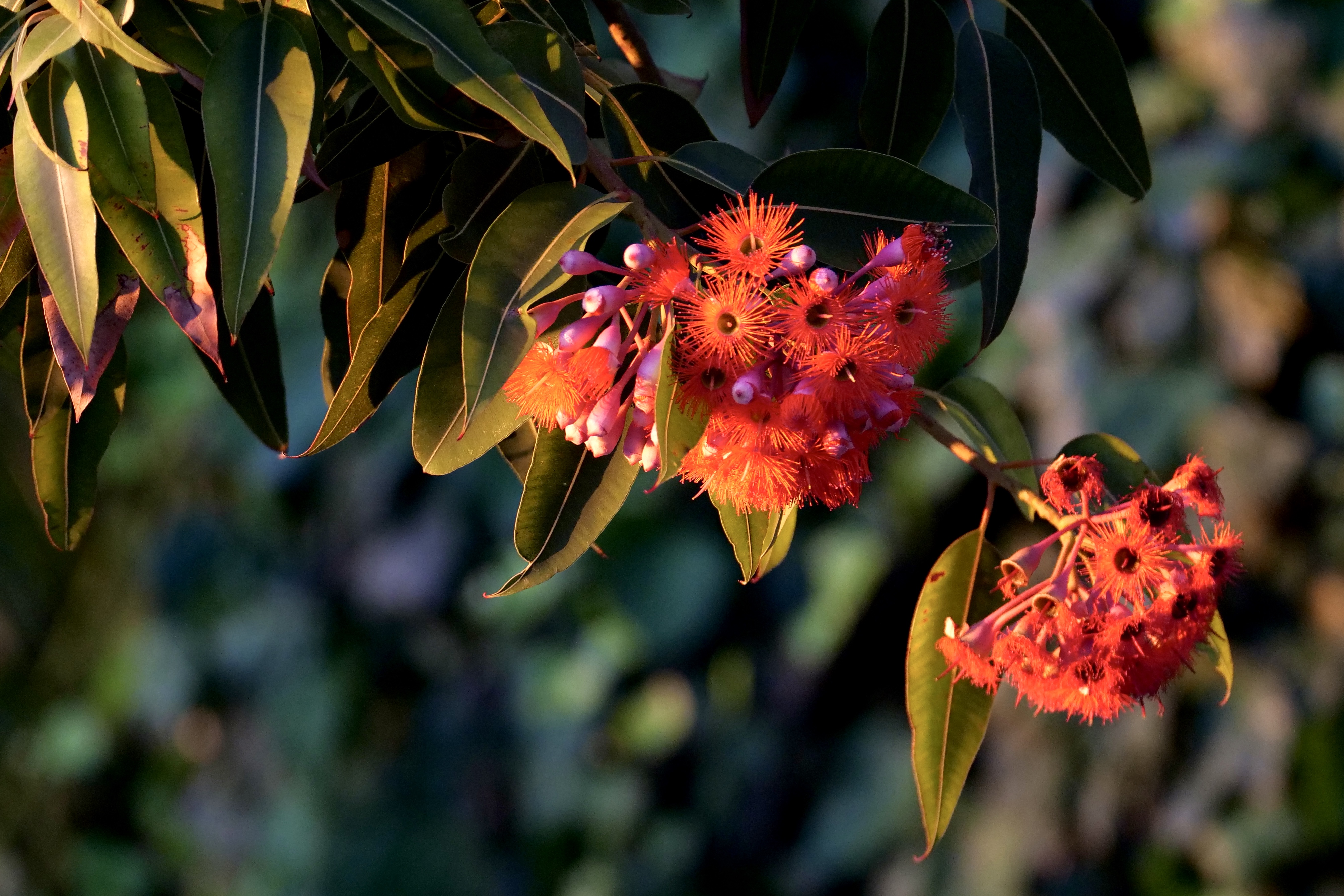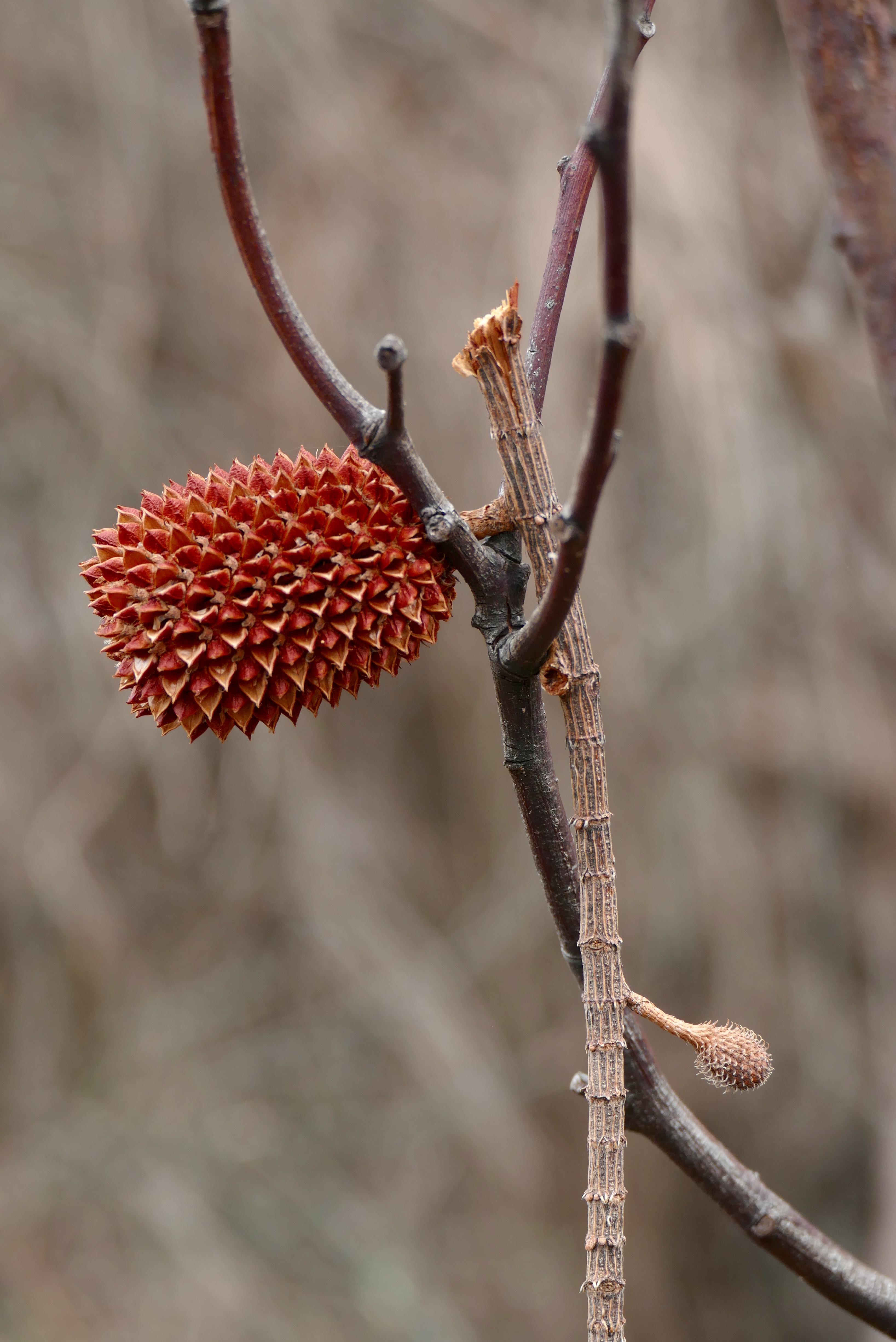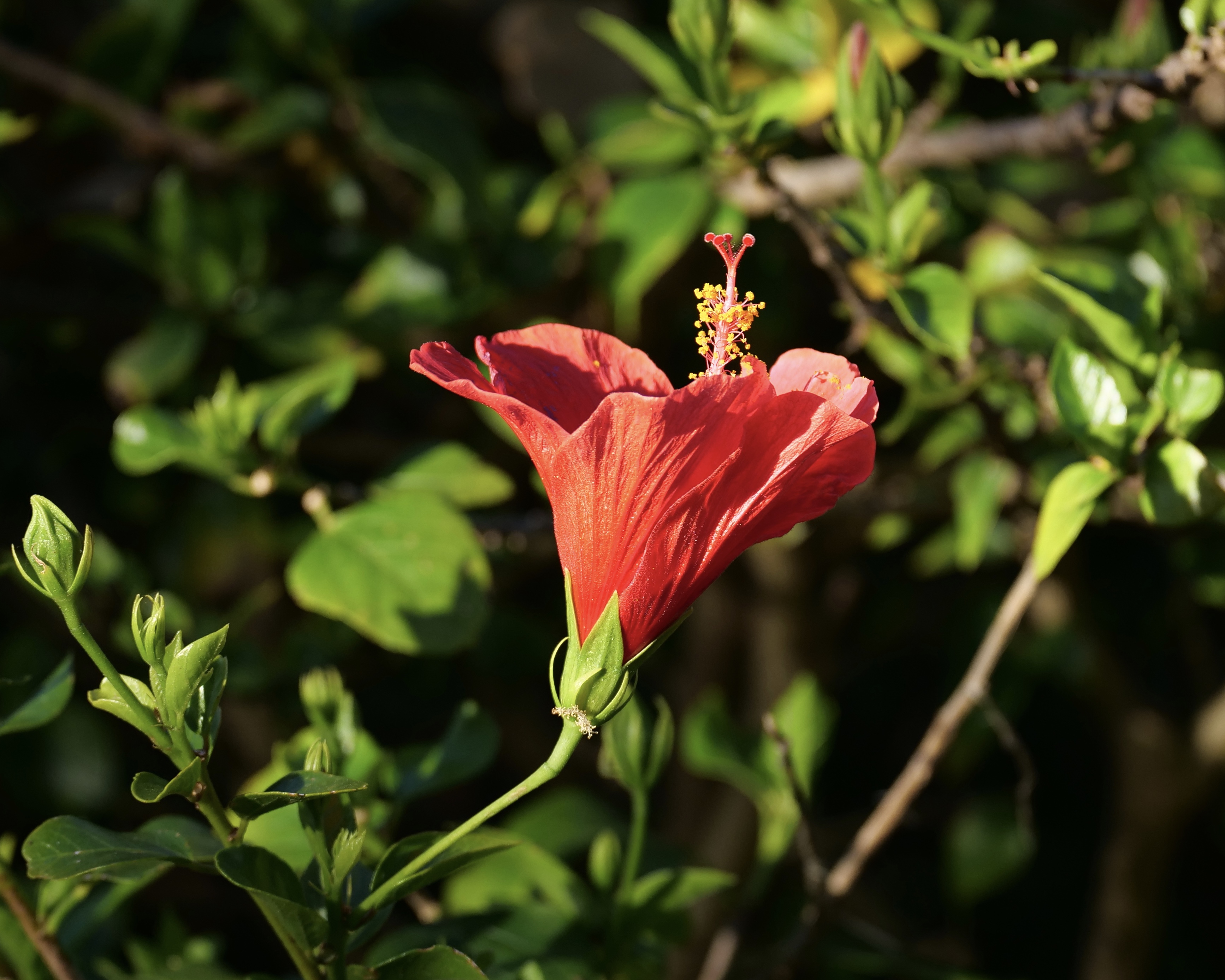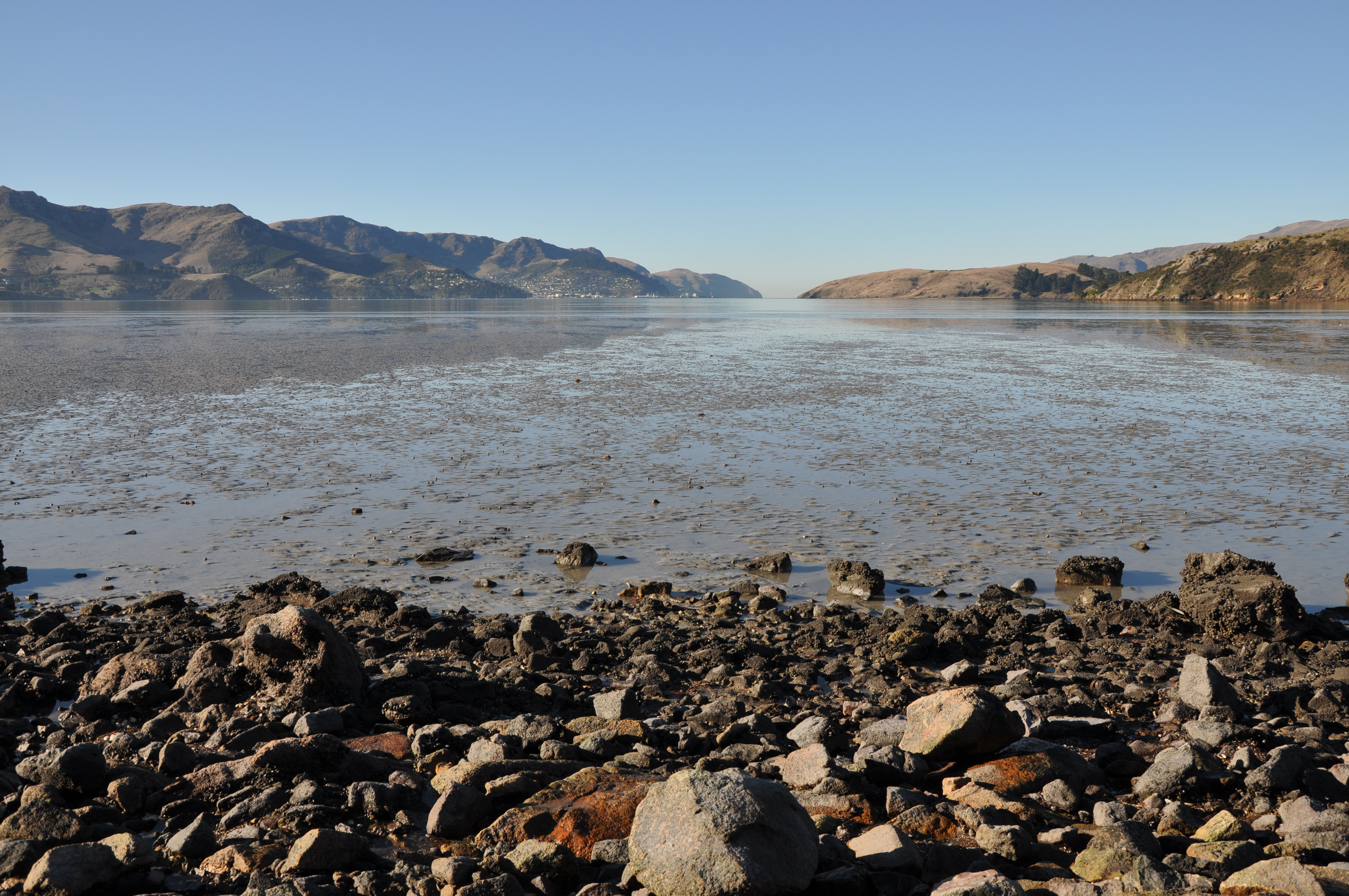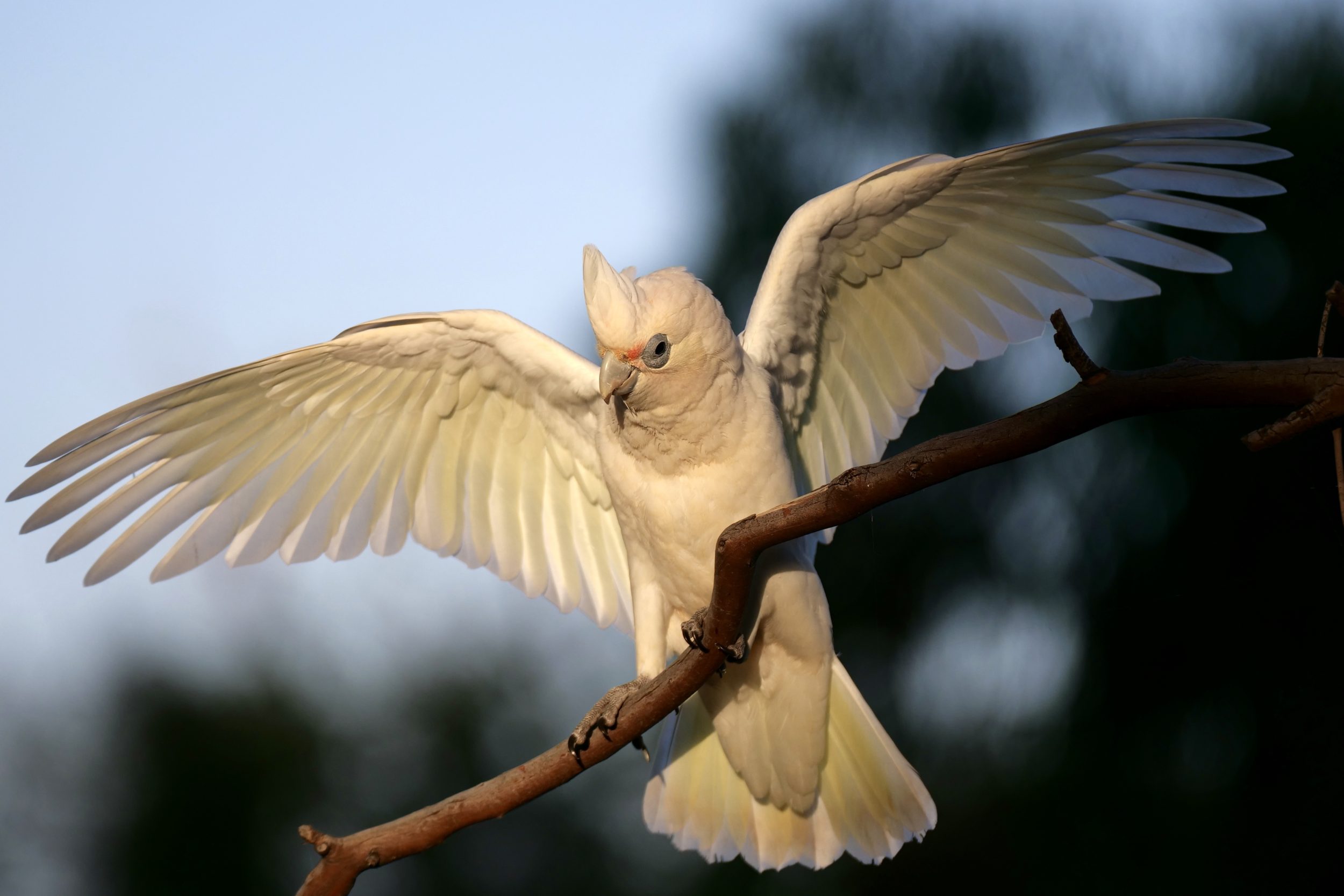The featured bird is very tiny, very hardy.
“His” valley’s sparsely vegetated floor – the “low ground”, locally – all sits within 200 metres either side of 4000 metres above sea level.
If transplanted to the Tibetan Plateau, New Zealand’s highest peak would fail to reach this valley’s lowest point.
Comments closed
